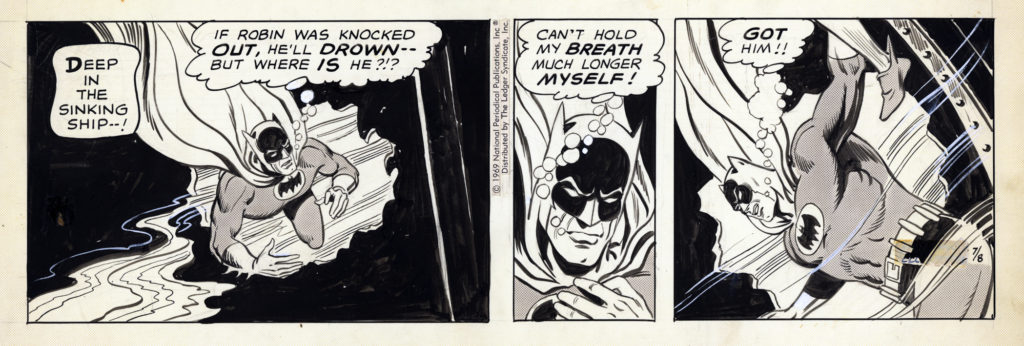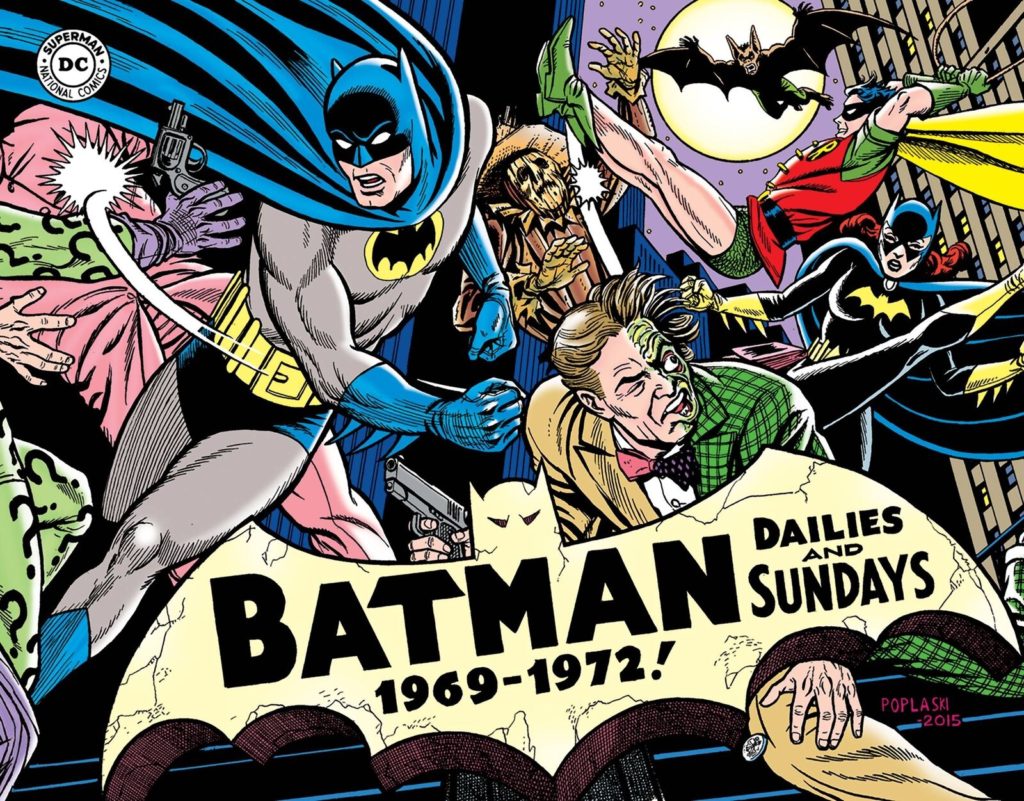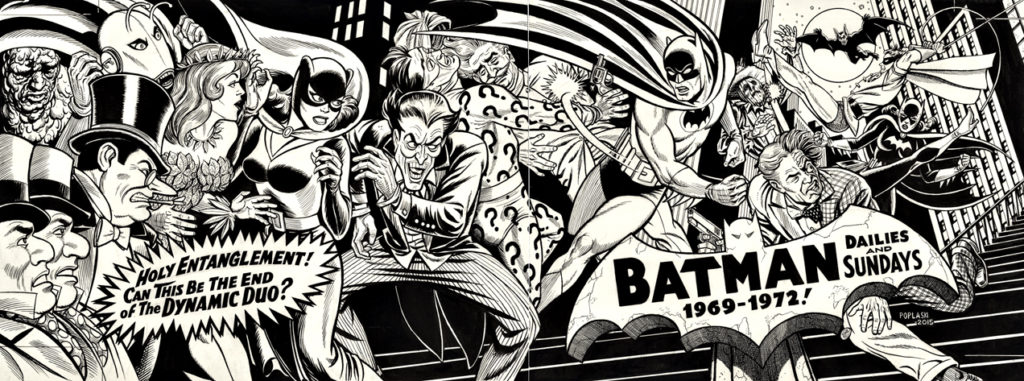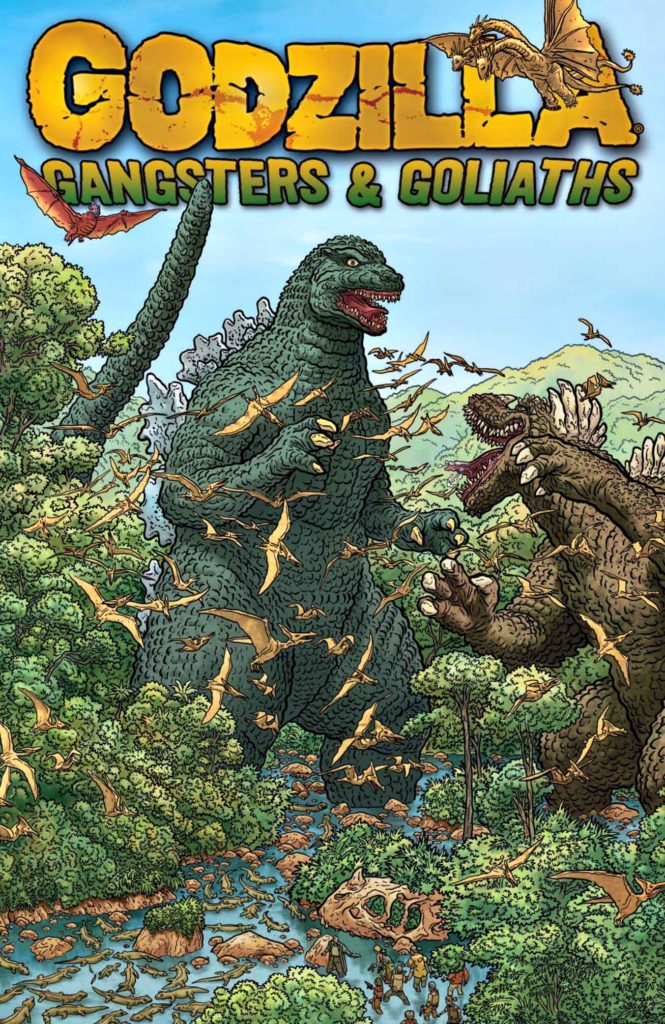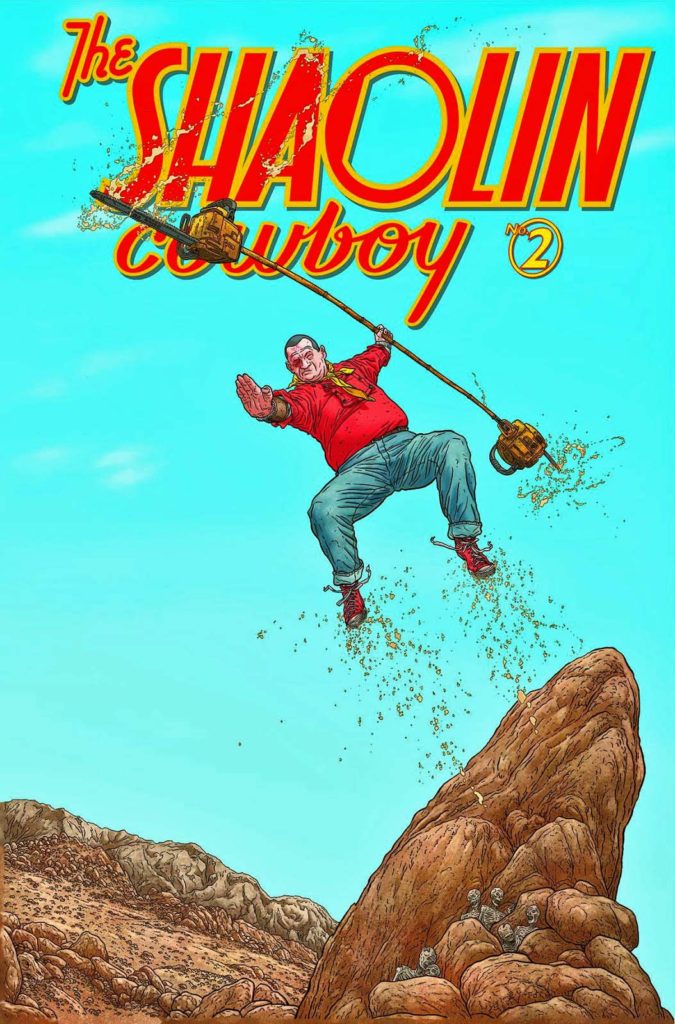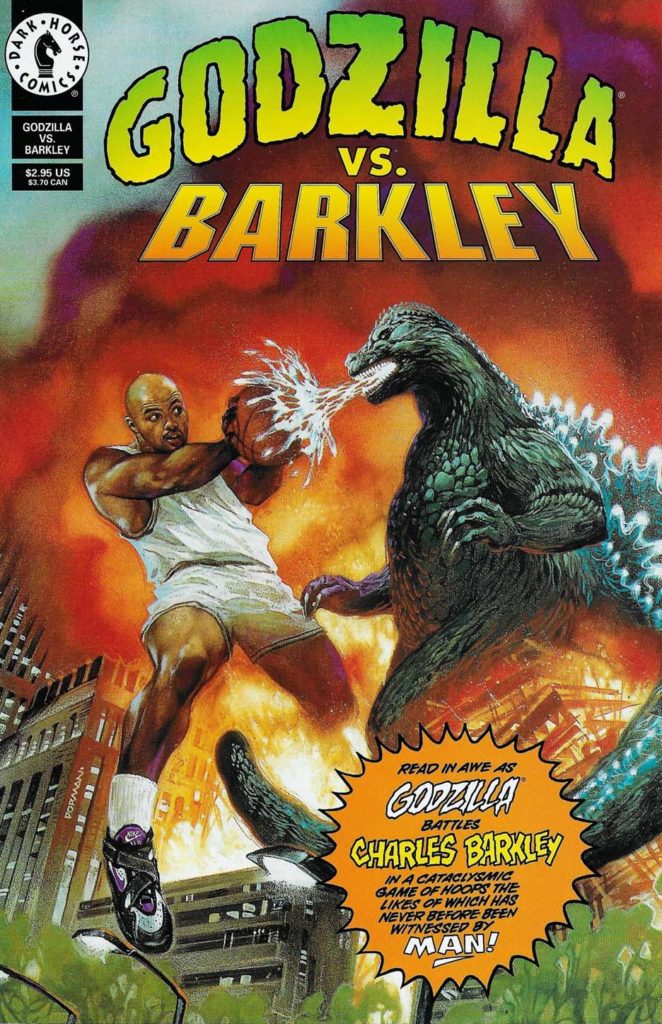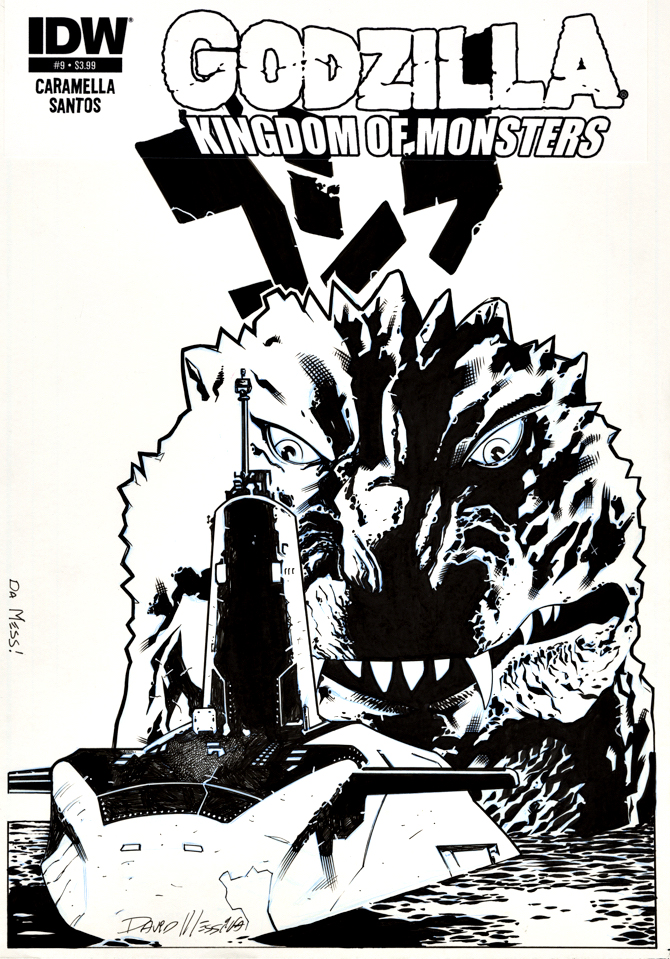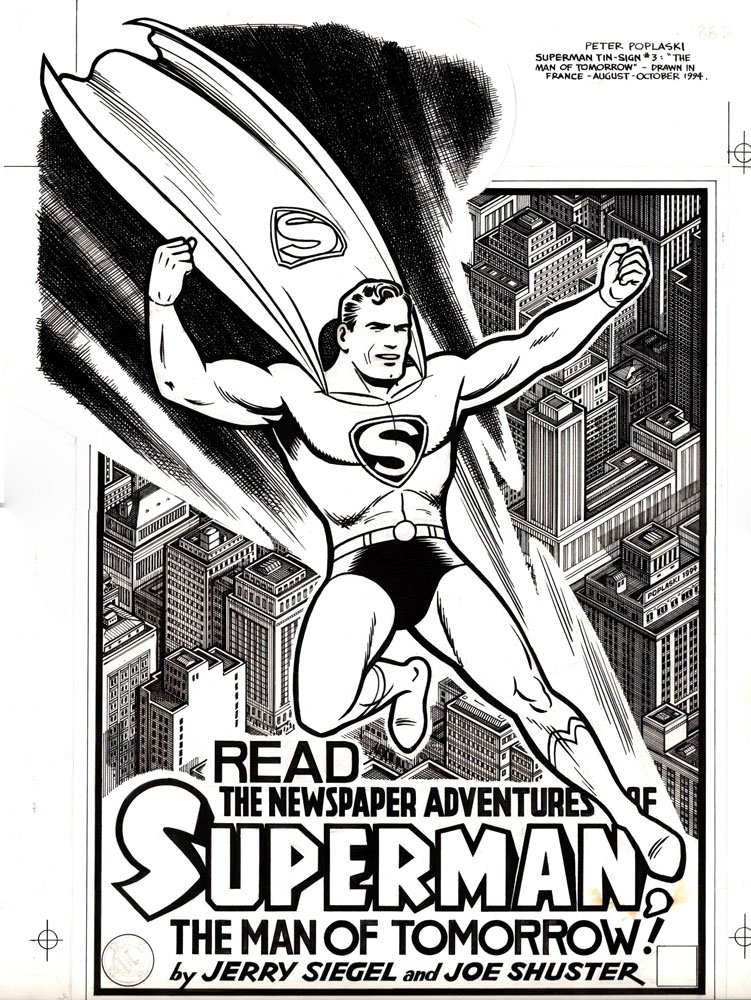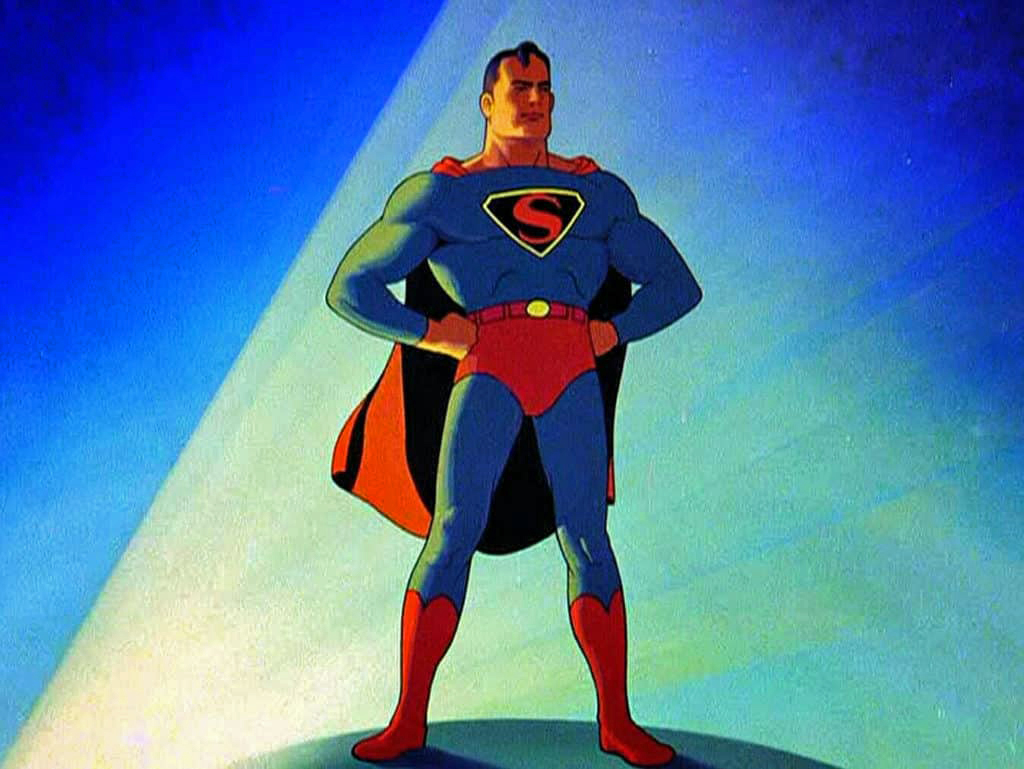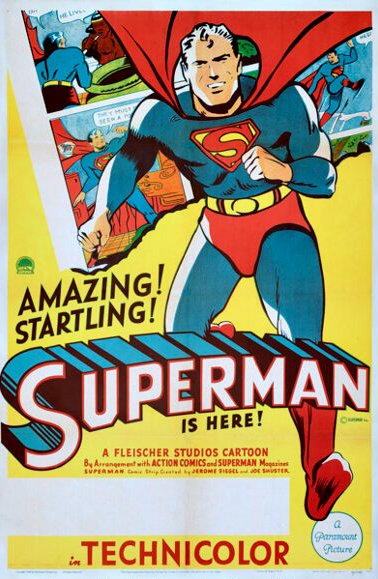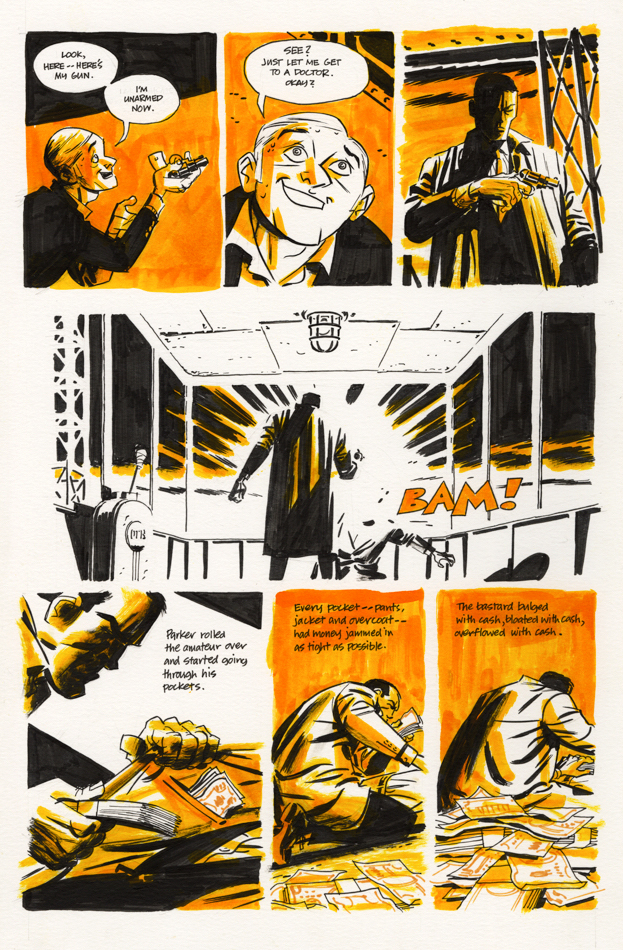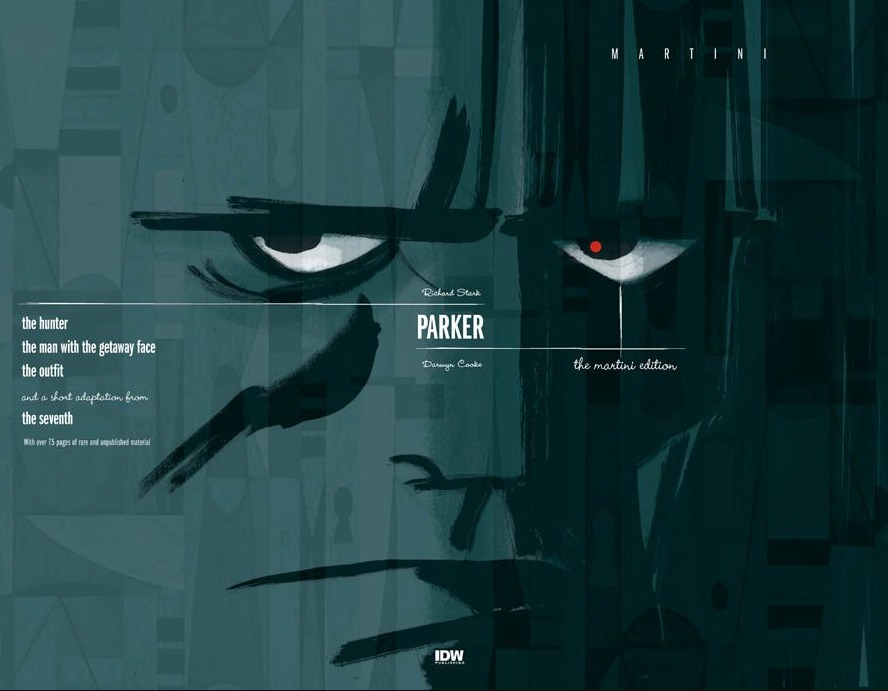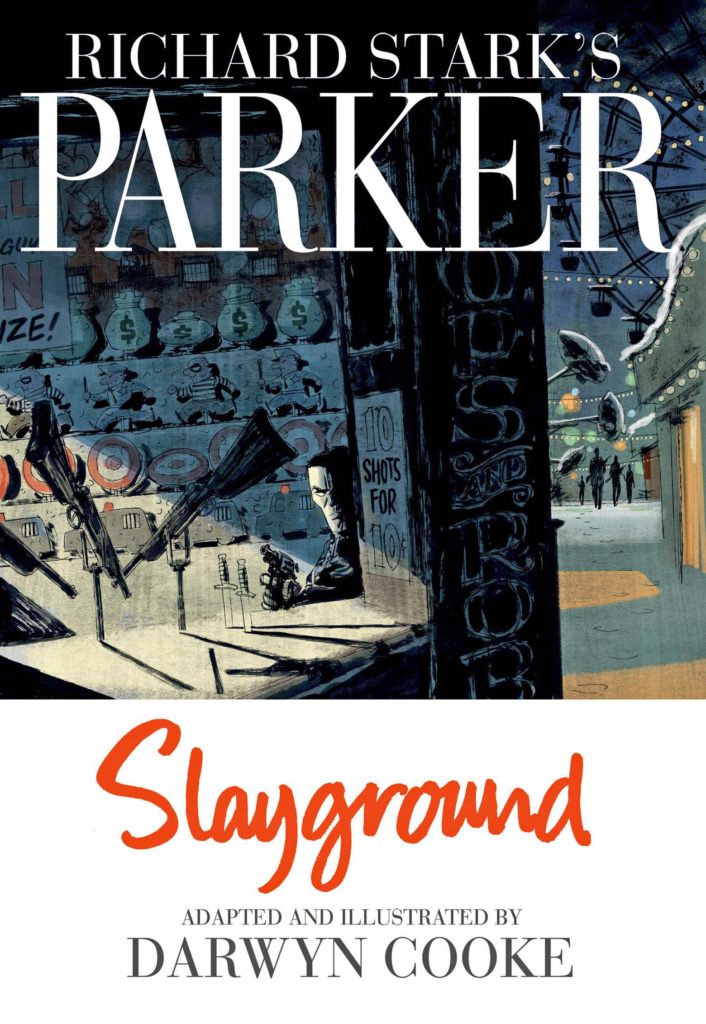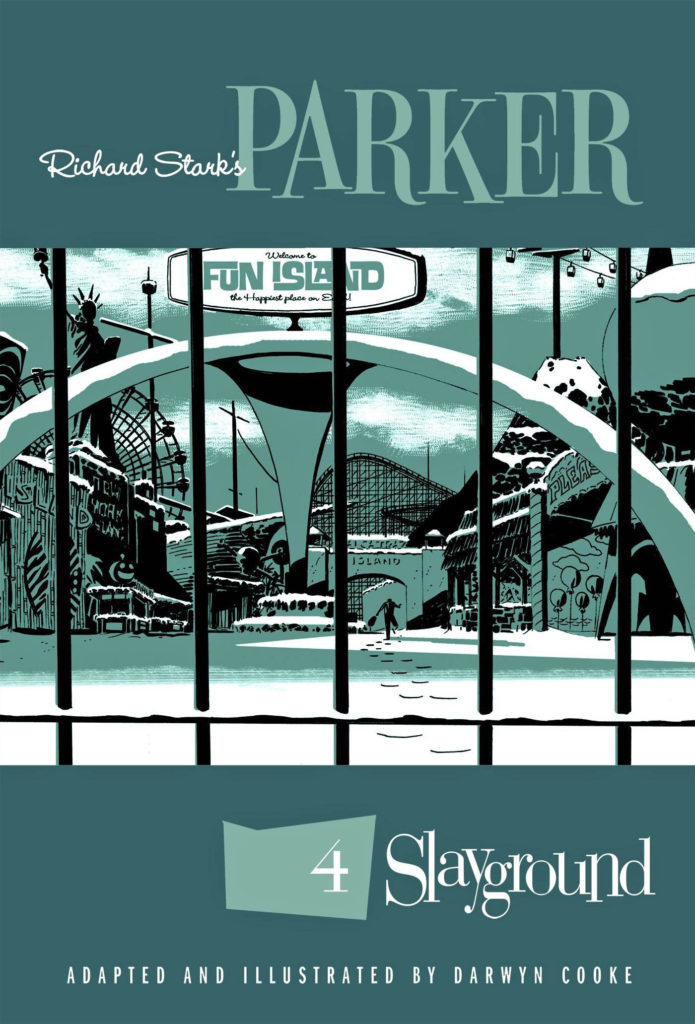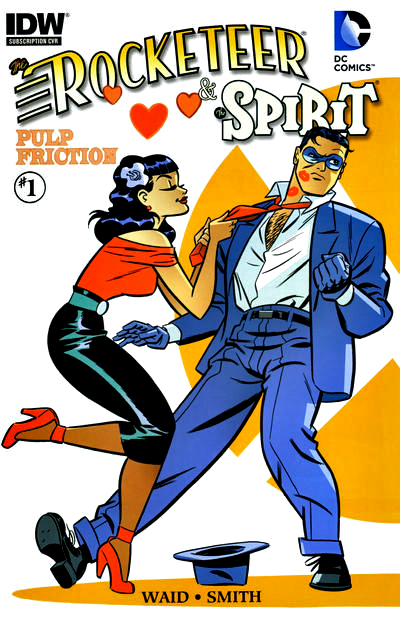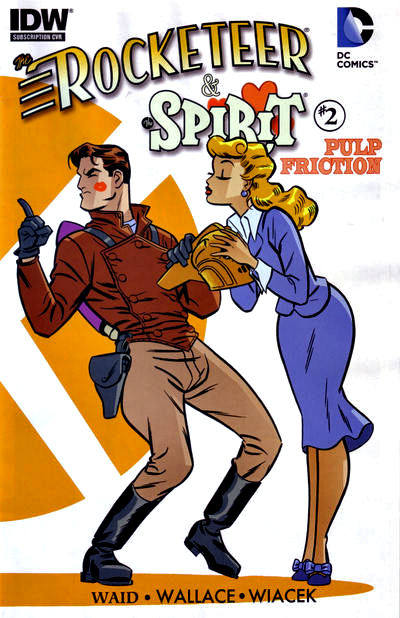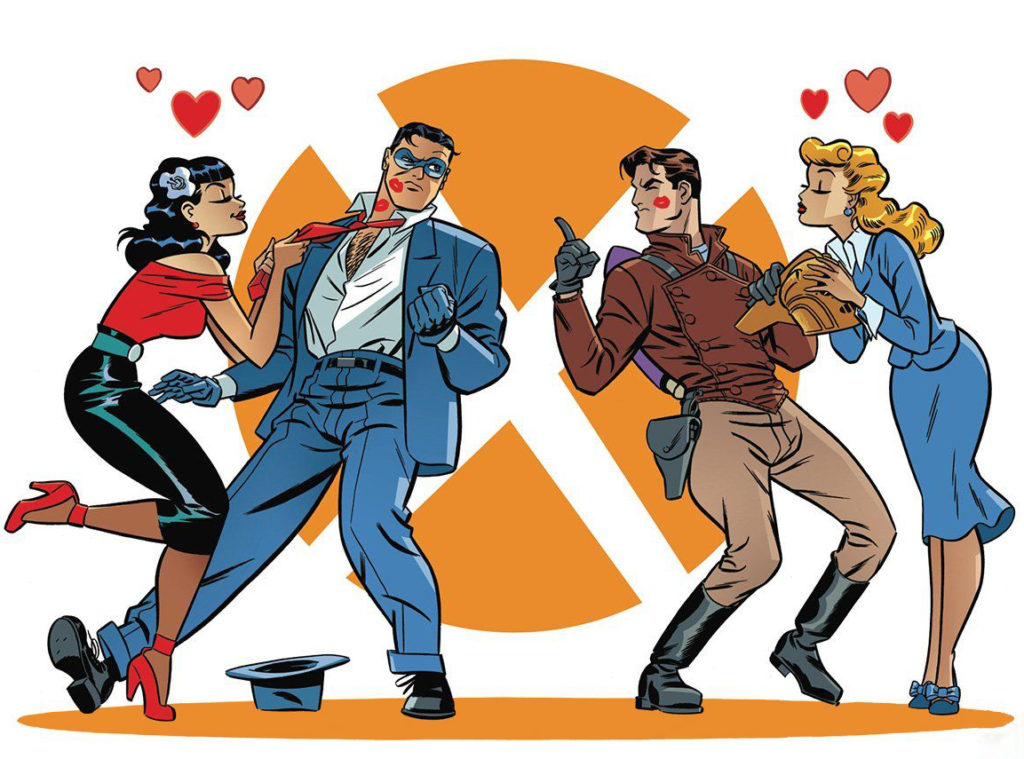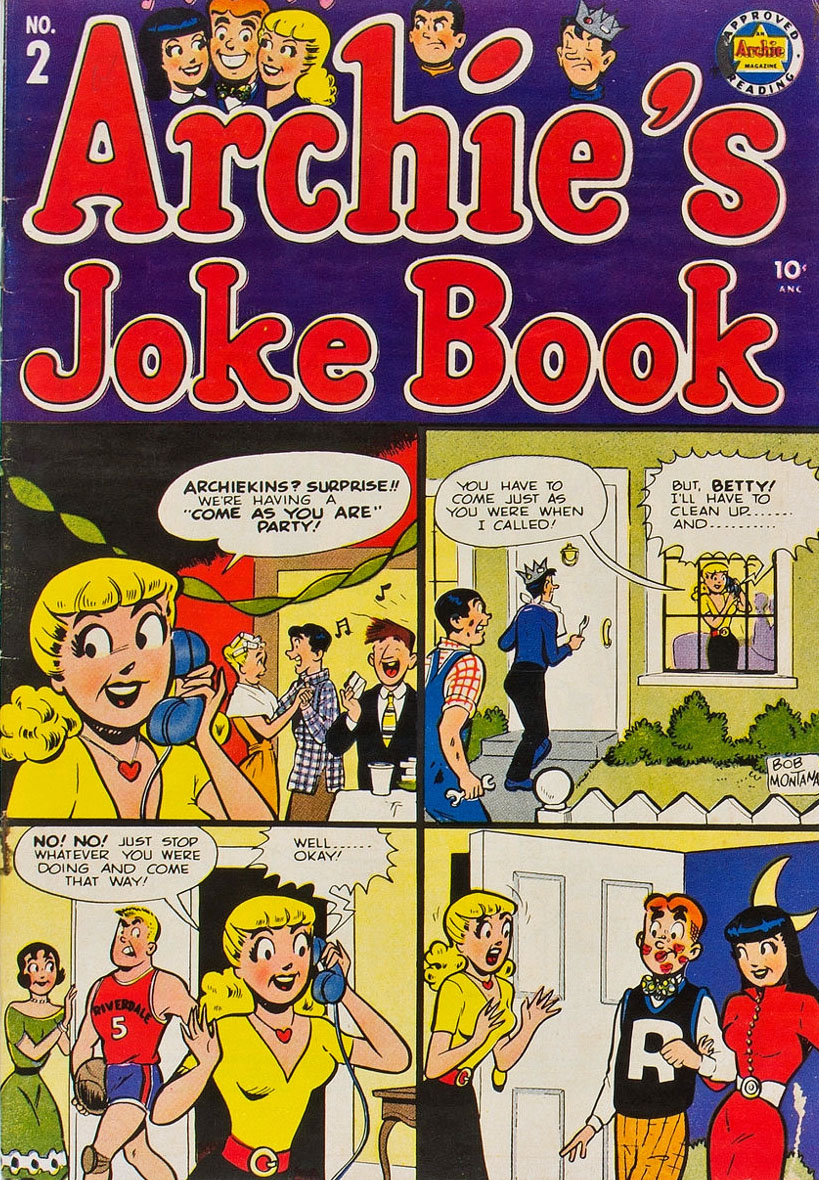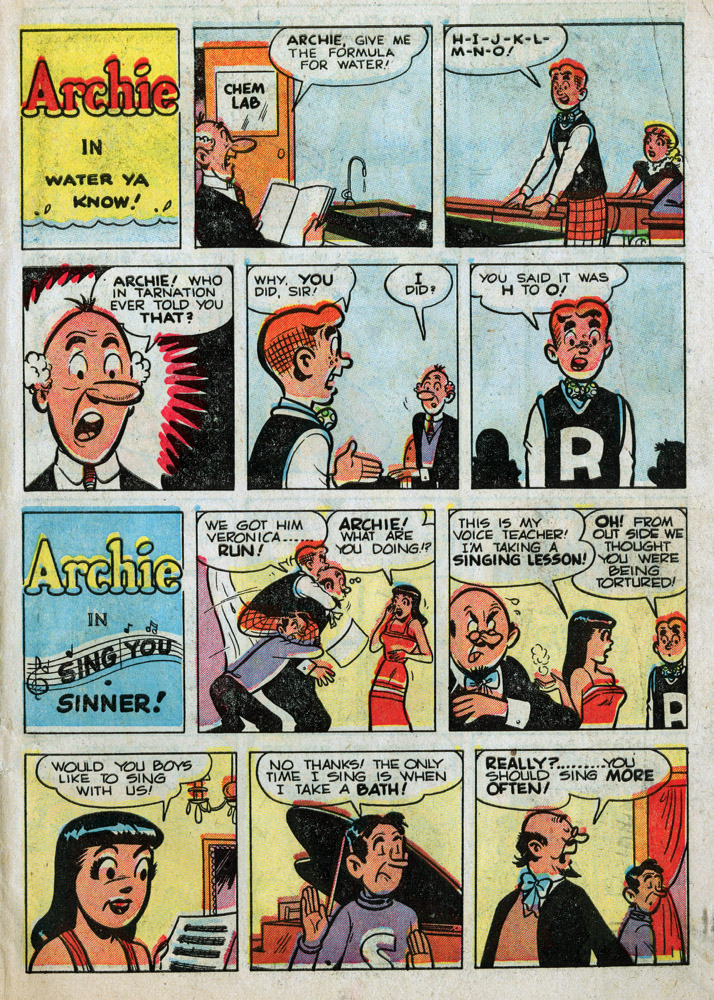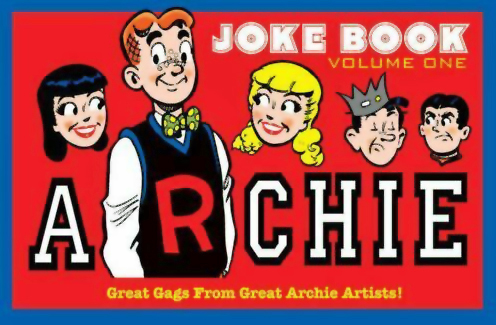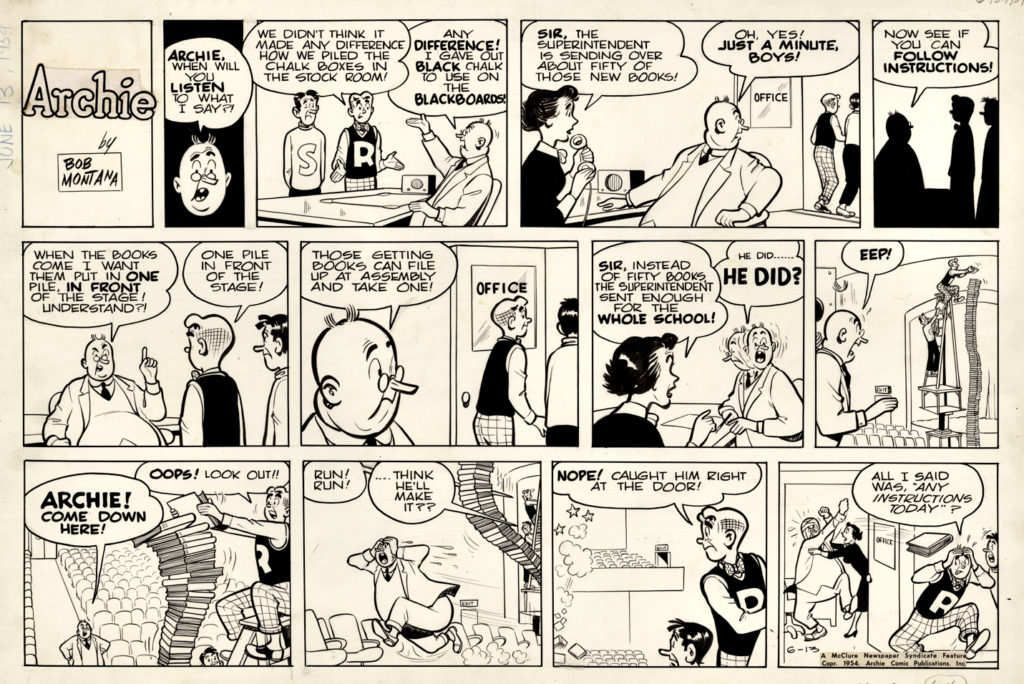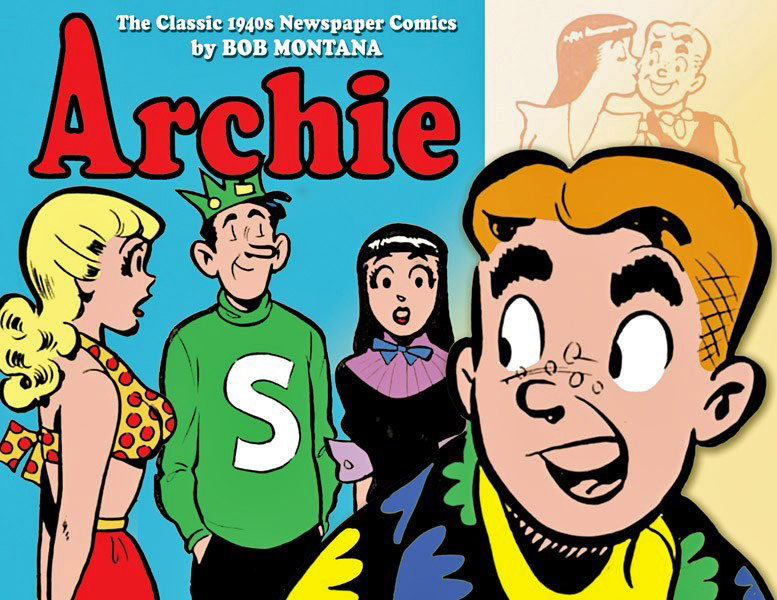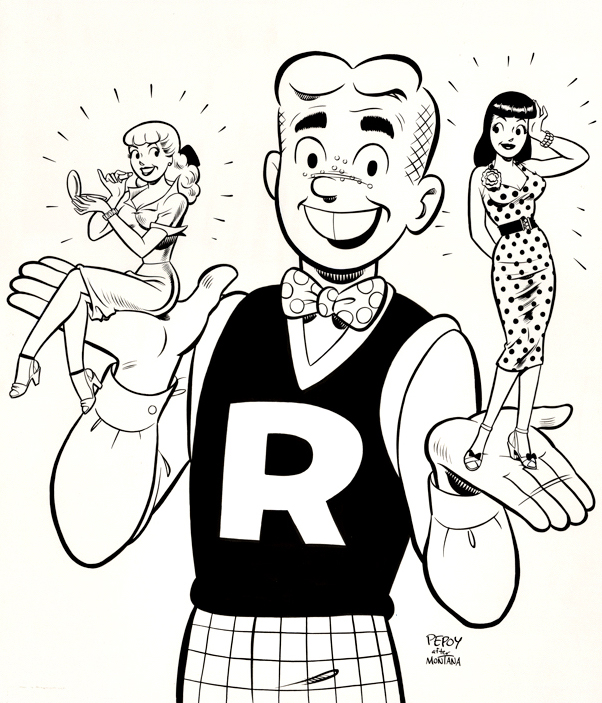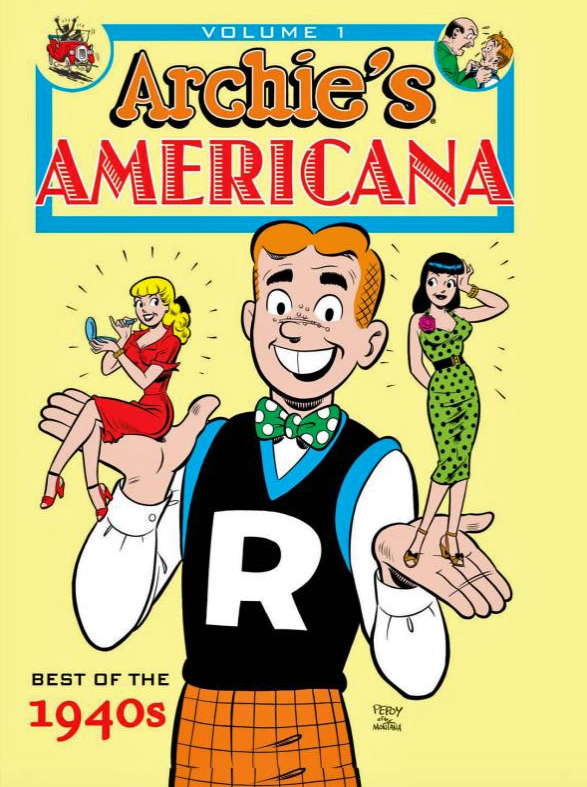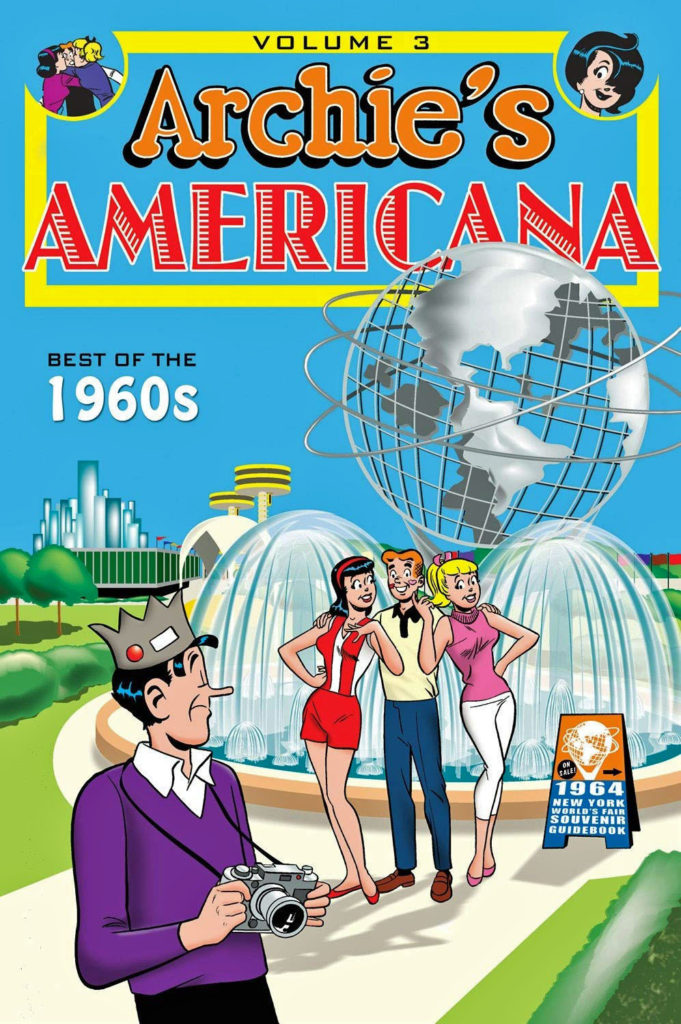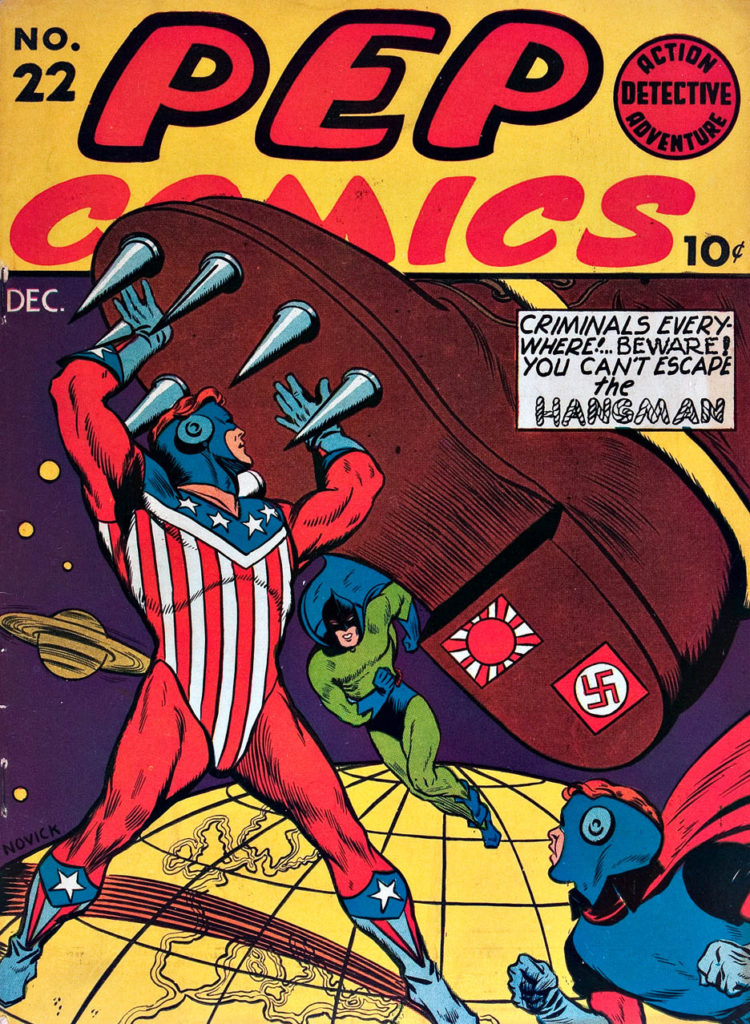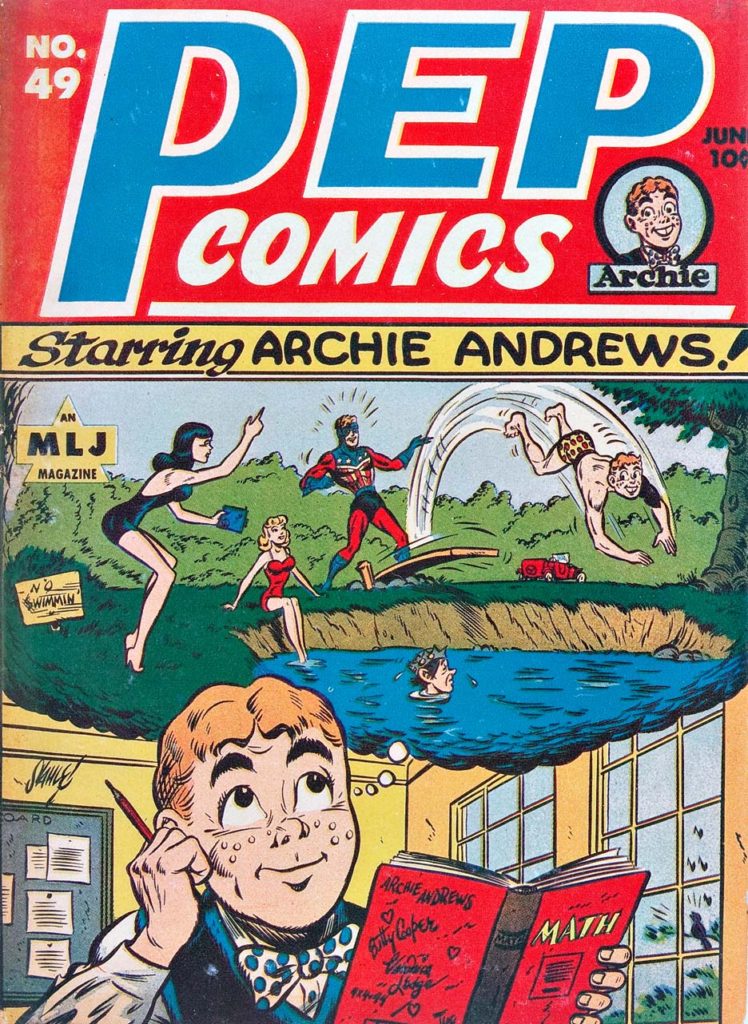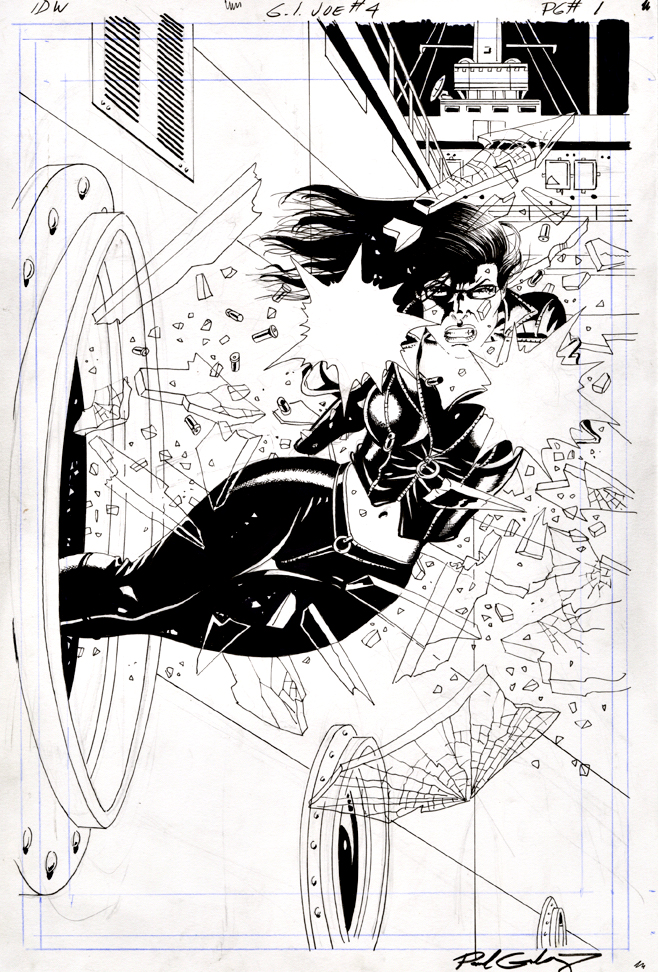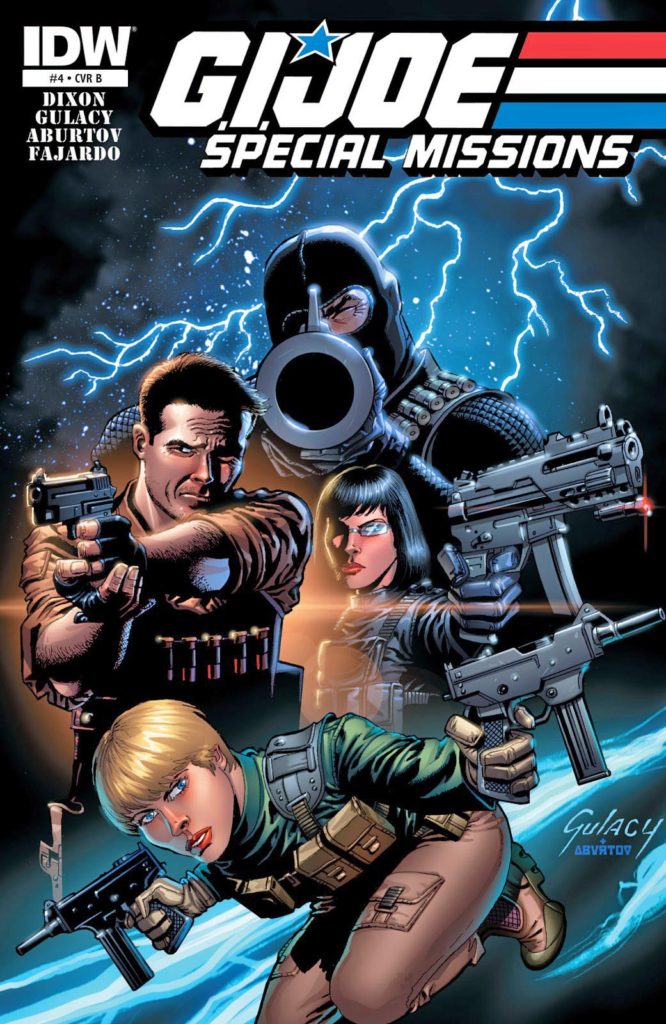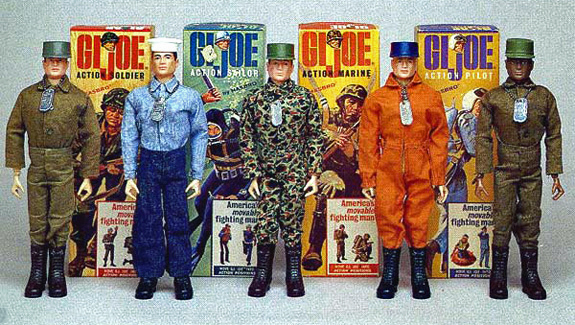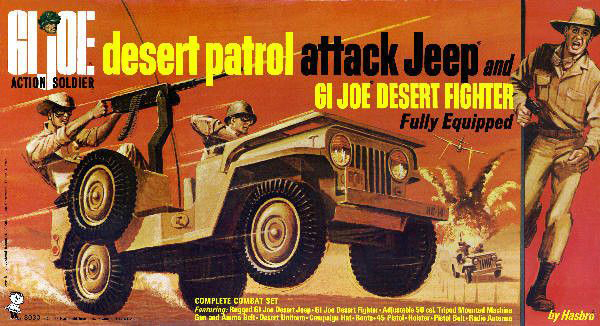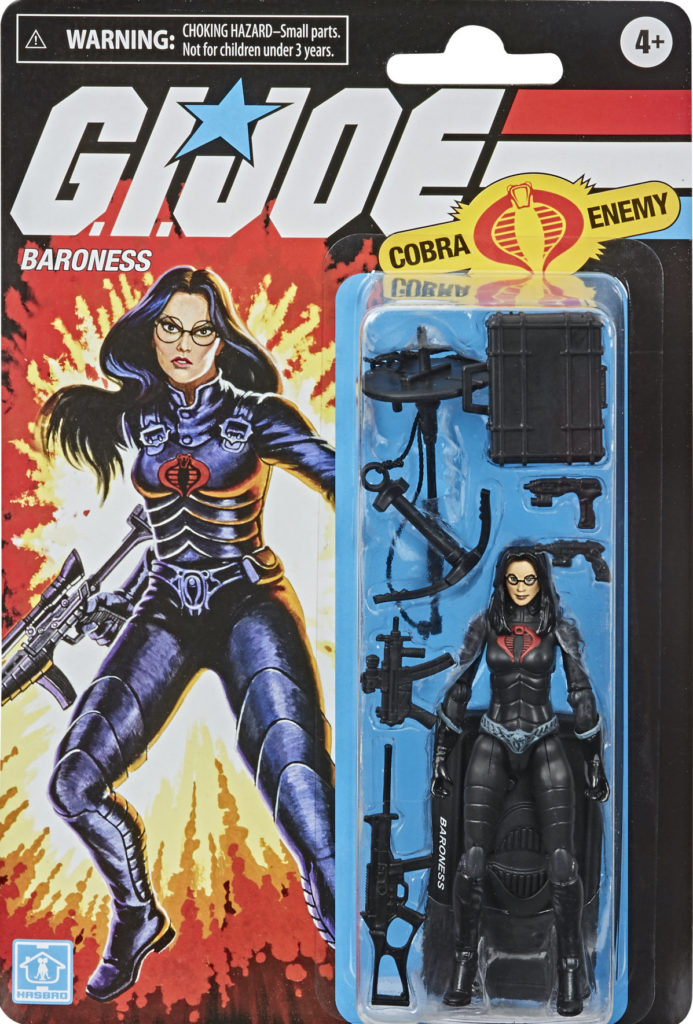Al Plastino — Batman’s Watery Doom!
Batman Daily Strip — July 8, 1969
Bat sheets. Bat soap. Bat pajamas. Bat-a-rangs…
As nearly any pop culture fan knows, (especially — ahem — older ones like myself) the hugely successful camp 1966 Batman TV show launched a plethora of bat merchandise.
So it’s no surprise that DC launched a revival of the Batman comic strip, which had a successful, but brief run in the Golden Age.
The daily strips initially mimicked the campiness of the TV show, but ultimately moved closer to more traditional DC superhero stories, as did the comics after the show was cancelled in early 1968.
Al Plastino handled the art chores for many of the strips, following Sheldon Moldoff and Joe Giella.
The strip managed to soldier on until early 1973. Finally managing to collect all of them — the dailies and Sundays — into a three-volume LOAC series was an archival highlight of mine at IDW.
(It only took five years or so to convince DC to let us do it. Perseverance won the day.)

